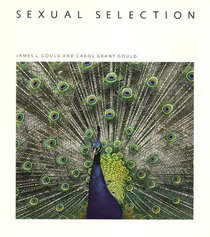Search -
Sexual Selection (Scientific American Library)
Sexual Selection - Scientific American Library
Author:
The existence of sex is one of the great paradoxes of biology. Since thousands of plants and animals mange to multiply rampantly by asexual means, why do so many other species undergo the risky, time-consuming process of sexual recombination? For both individuals and species, the bottom line is to leave as many well-adapted offspring as possible... more »
Author:
The existence of sex is one of the great paradoxes of biology. Since thousands of plants and animals mange to multiply rampantly by asexual means, why do so many other species undergo the risky, time-consuming process of sexual recombination? For both individuals and species, the bottom line is to leave as many well-adapted offspring as possible... more »
ISBN-13: 9780716750536
ISBN-10: 0716750538
Publication Date: 9/1989
Pages: 277
Rating: 1
ISBN-10: 0716750538
Publication Date: 9/1989
Pages: 277
Rating: 1
4 stars, based on 1 rating
Publisher: Scientific American Library
Book Type: Hardcover
Members Wishing: 0
Reviews: Amazon | Write a Review
Book Type: Hardcover
Members Wishing: 0
Reviews: Amazon | Write a Review
Genres:
- Science & Math >> Biological Sciences >> Zoology >> General




